This article contains spoilers for
Metaphor: ReFantazio
.
One of the most iconic parts of Persona games are the Social Links and Confidants, which each correlate to the tarot’s major arcana. While Metaphor: ReFantazio inherits a similar system with its Follower mechanic, it discards the Persona series’ tarot theme for these characters. However, many of the characters in Metaphor: ReFantazio still fit within the archetypes of the major arcana—though some more than others.
Each Social Link or Confidant in the Persona series tends to have an arc that follows the qualities associated with their respective arcana. Metaphor: ReFantazio, on the other hand, doesn’t follow these types of arcs exactly the same as Persona given that these characters are not framed within the context of the major arcana, but there are some clear parallels to the themes Atlus tends to use in its games.
There are typically 22 major arcana in
Persona
games, but there are only 13 Followers in
Metaphor: ReFantazio
, so not every arcana will be represented here.
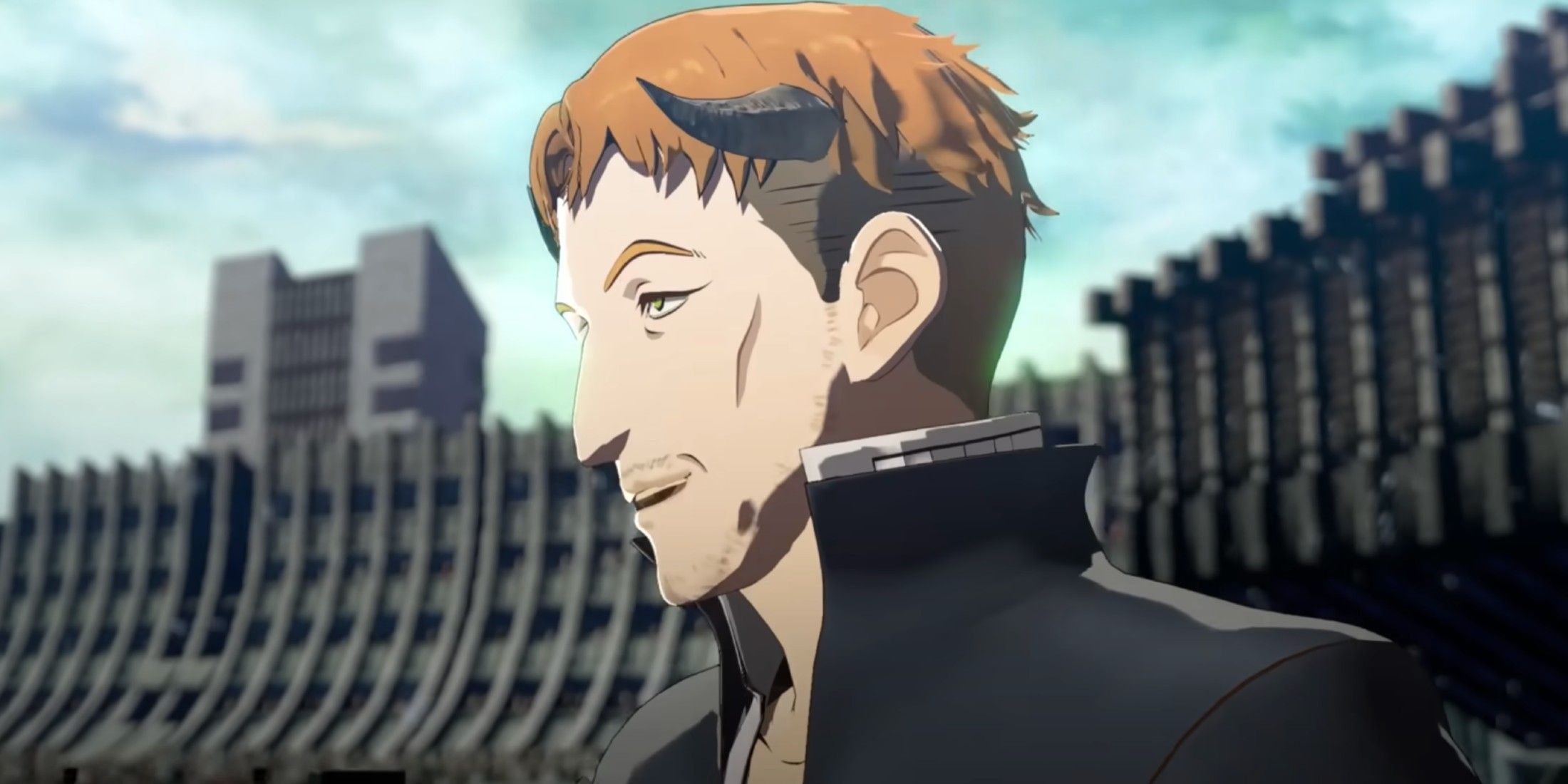
Related
How Metaphor: ReFantazio’s Worldbuilding Extends Beyond Its Main Party
Beyond the scope of its main party and followers, Metaphor: ReFantazio manages to build on its side characters in a way that strengthens its world.
Gallica – The Magician
As the first Follower players will gain in Metaphor, Gallica makes the most sense as the Magician Arcana since these characters tend to be idealistic and usually serve as the protagonist’s closest companion. Notable Magicians in the Persona series include Persona 3‘s Kenji Tomochika, Persona 4‘s Yosuke Hanamura, and Persona 5‘s Morgana. Gallica is even more suited for the Magician arcana since she grants players the Mage Archetype.
Strohl – Justice
In Persona, the Justice Arcana tends to involve issues of fairness and equality, with its representatives typically having some kind of struggle with their parents. Metaphor‘s Strohl best represents this arcana given his passion for rebuilding his village after it was destroyed by a human attack and seeking revenge against the church for failing to protect the town. He also lost his parents in the attack, mirroring the loss of a parent seen in Persona 4‘s Nanako Dojima or Persona 5‘s Goro Akechi.
Hulkenberg – The Chariot
Hulkenberg best represents the Chariot Arcana as these characters tend to be very driven, athletic individuals and Hulkenberg’s status as a royal knight demonstrates these qualities. However, the Chariot Arcana also tends to struggle with their own perceived weakness or failure, much like Persona 3‘s Kazushi Miyamoto or Persona 5‘s Ryuji Sakamoto, and Hulkenberg’s shame after failing to protect the prince from Louis’ attack falls in line with these criteria.
Heismay – The Hanged Man
Characters of the Hanged Man Arcana are typically classified by their inability to move forward or hold themselves back for one reason or another, often due to grief or loss. Persona 3‘s Maiko Oohashi and Persona 4‘s Naoki Konishi both exemplify this trait, as does Metaphor: ReFantazio‘s Heismay, with his grief over the loss of his son leaving him unable to forgive himself on move on.
Junah – The Star
Junah is best represented by the Star Arcana as a character that emanates joy and hope through her celebrity as a singer known across Euchronia. However, similarly to other characters of the Star Arcana like Persona 3‘s Mamoru Hayase and Persona 5‘s Hifumi Togo, Junah hides a side of herself from the public out of embarrassment and struggles with balancing her true nature with the expectations of her fans.
Eupha – The High Priestess
As the Follower who is herself a priestess of the mustari tribe, it follows that Eupha would be best represented by the High Priestess Arcana. But beyond this simple relationship, Eupha also embodies many of the traits characters of the High Priestess Arcana are known for, such as compassion and guidance, imparting their wisdom and judgment to help aid the party, like Persona 3‘s Fuuka Yamagishi and Persona 5‘s Makoto Niijima are known for.
Basilio – The Tower
The Tower is perhaps the most tragic of the major arcana, and Basilio fits the traits of the Tower better than any character in Metaphor: ReFantazio. Characters of the Tower Arcana are usually distrustful of the protagonist and carry with them the weight of a difficult past often caused by their own self-destructive tendencies, like Persona 3‘s Mutatsu or Persona 4‘s Shu Nakajima. Basilio’s suspicion of the party prior to his brother’s death shows how his development follows the traditional Tower arc.
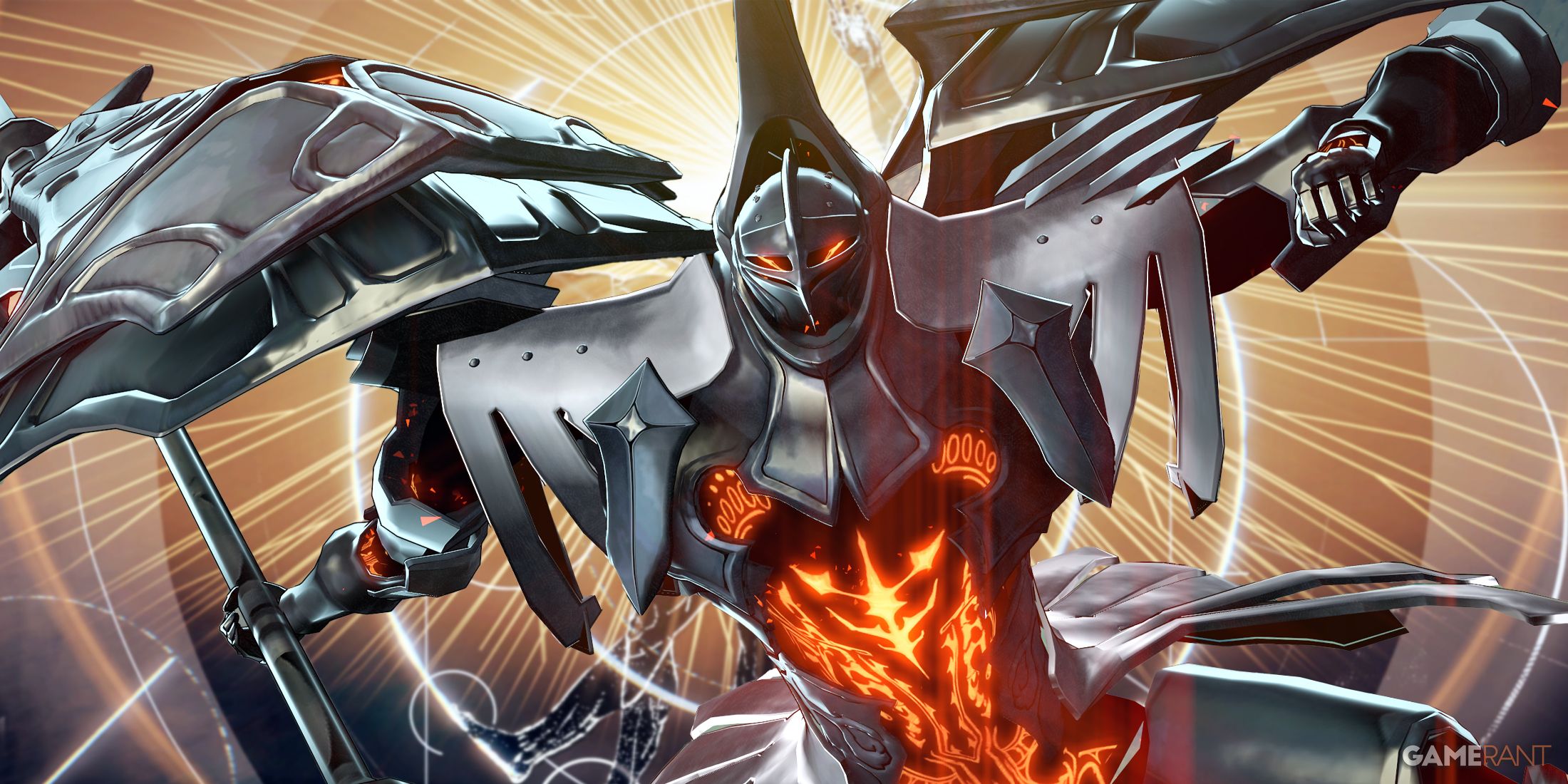
Related
Metaphor: ReFantazio Makes a Clear Case for Versatility in Persona 6’s Party Members
Metaphor: ReFantazio introduced a level of versatility that Persona 6 should pick up on, as it increases player agency and the complexity of combat.
Neuras – The Hermit
Neuras is the party’s eccentric Gauntlet Runner pilot and engineer, and his tendency to prefer the company of his machine over those of others makes him a clear inheritor of the Hermit Arcana. These characters tend to hide from the public eye and prefer to support the party from afar, such as Persona 3‘s Isako Toriumi and Persona 5‘s Futaba Sakura.
Maria – The Sun
The Sun Arcana in the Persona series tends to feature characters that carry hope in the face of terrible circumstances, represented by characters like Persona 3‘s Akinari Kamiki and Persona 4‘s Yumi Ozawa. Maria’s struggles with feeling useless or like a burden after the death of her father, Grius, form the basis of her growth into a beacon of hope after finding the support of Fabienne and the protagonist, who are able to lift her up.
Bardon – The Hierophant
While the Hierophant Arcana typically is represented by parental figures in the Persona series, with notable examples being Persona 4‘s Ryotaro Dojima and Persona 5‘s Sojiro Sakura. In Metaphor, Bardon doesn’t fit the exact same bill as these other characters, but has a similar fatherly presence in the town of Martira after he vows to protect the village’s children following the party’s disruption of Joanna’s child kidnapping ring.
Catherina – Strength
Catherina’s main interactions with the player throughout Metaphor: ReFantazio involves her challenging the party to battle in an attempt to prove her superior strength over them and her worthiness of the throne. Like other characters of the Strength Arcana, such as Persona 3‘s Yuko Nishiwaki and Persona 4‘s Daisuke Nagase, Catherina masks her insecurity with her worthiness with her desire to prove herself in physical combat.
Alonzo – The Devil
Traditionally, the Devil Arcana has been represented by individuals who are selfish or self-righteous, like Persona 3‘s Tanaka or Persona 5‘s Ichiko Ohya. Alonzo shares similar characters in Metaphor, but uses his trickery and devilish ways as a means of seeking revenge on a greedy landlord who destroyed his hometown and killed his mother in a subversion of the usual tropes of the Devil.
Brigitta – Fortune
Brigitta’s status as a merchant for the Sanctist Church leaves her vulnerable to the pressures put on her by the organization, which results in the kidnapping of her beloved dog as a ruse to bring her wrath upon an innocent village. The Fortune Arcana tends to be exemplified by characters who are seen as successful but are open to manipulation by outside forces, such as Persona 3‘s Keisuke Hiraga and Persona 5‘s Chihaya Mifune.
More – Judgment
The enigmatic More who resides in Akademia and fills the role Persona‘s Igor typically does is best represented by the Judgment Arcana. These characters often have a broader knowledge of the world like Persona 5‘s Sae Niijima, and More’s knowledge of the utopia in his novel demonstrates this enhanced worldview.
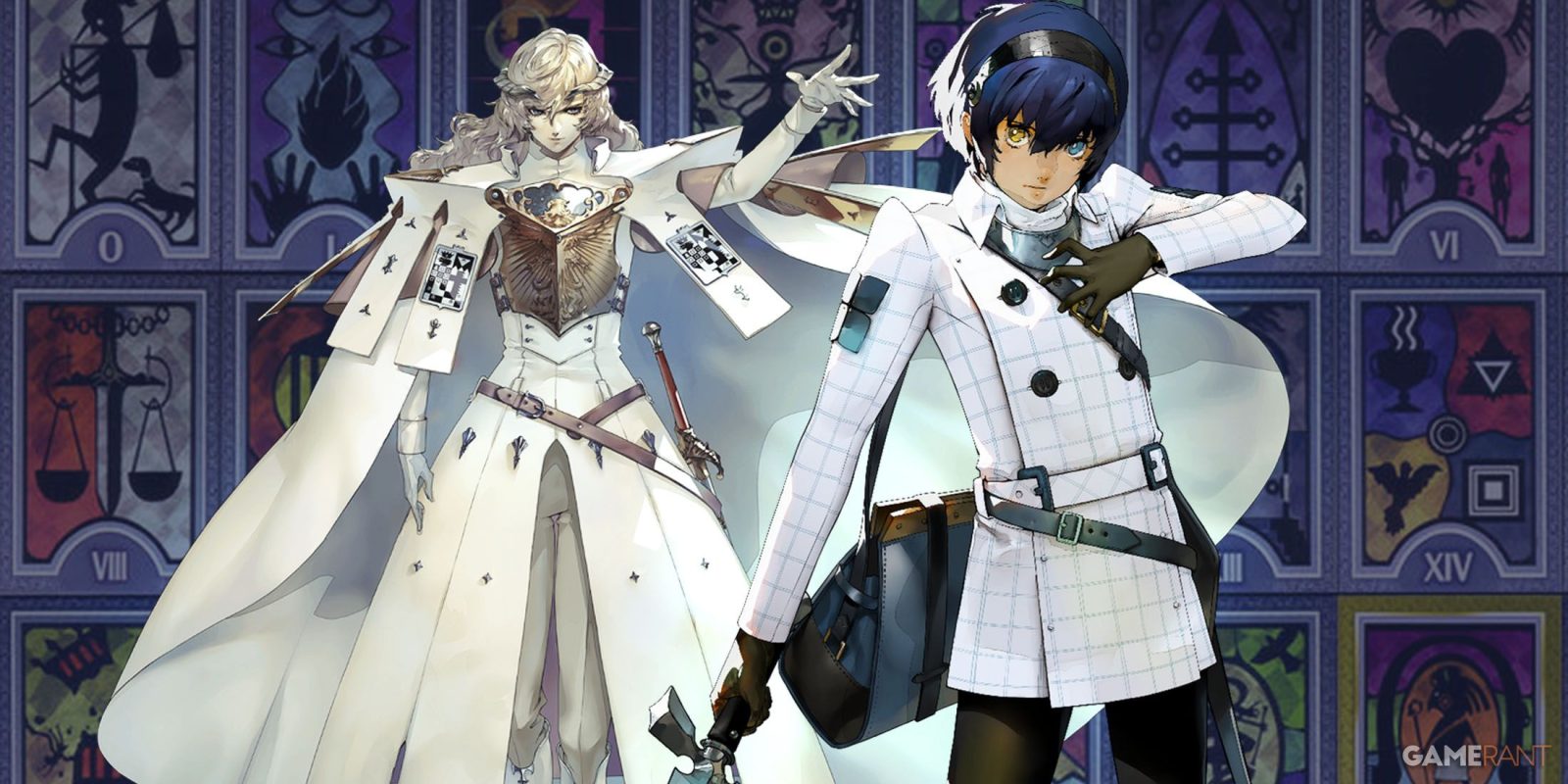
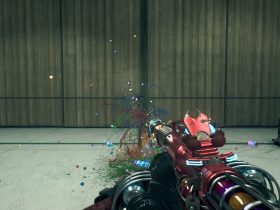
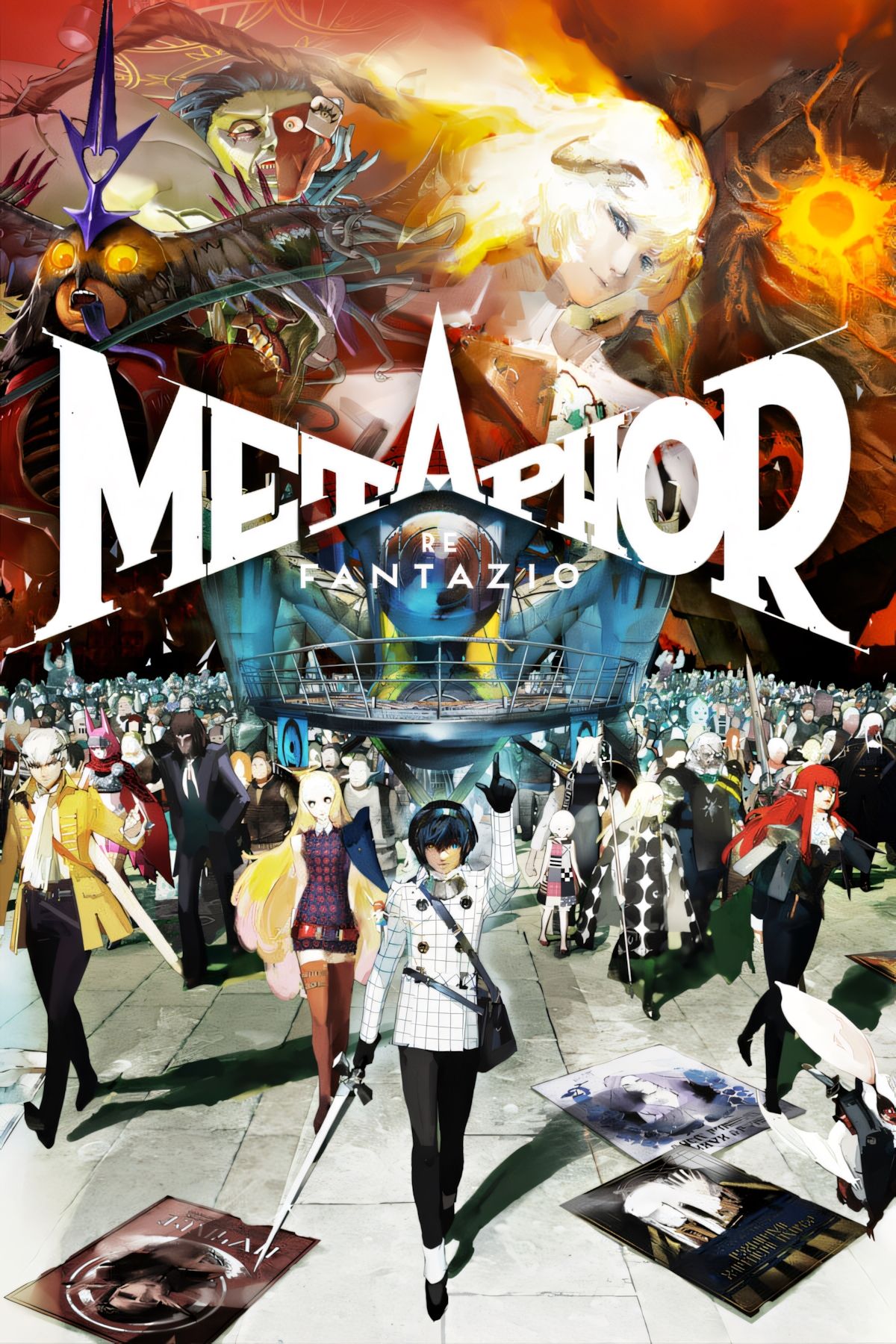

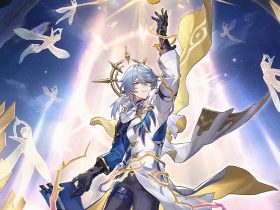
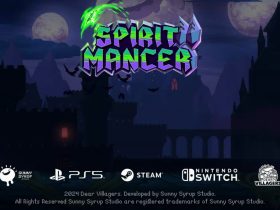
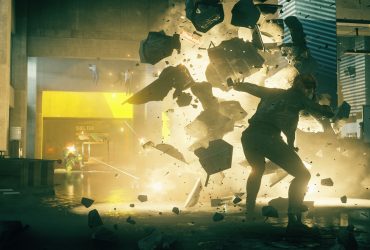


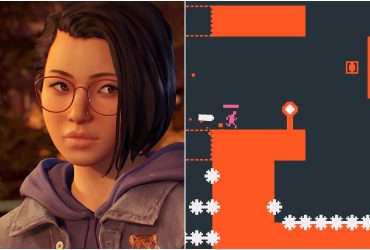
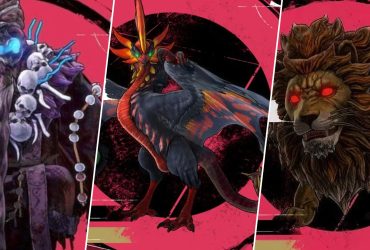
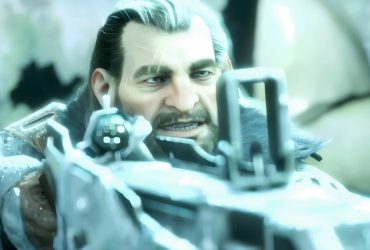
Leave a Reply